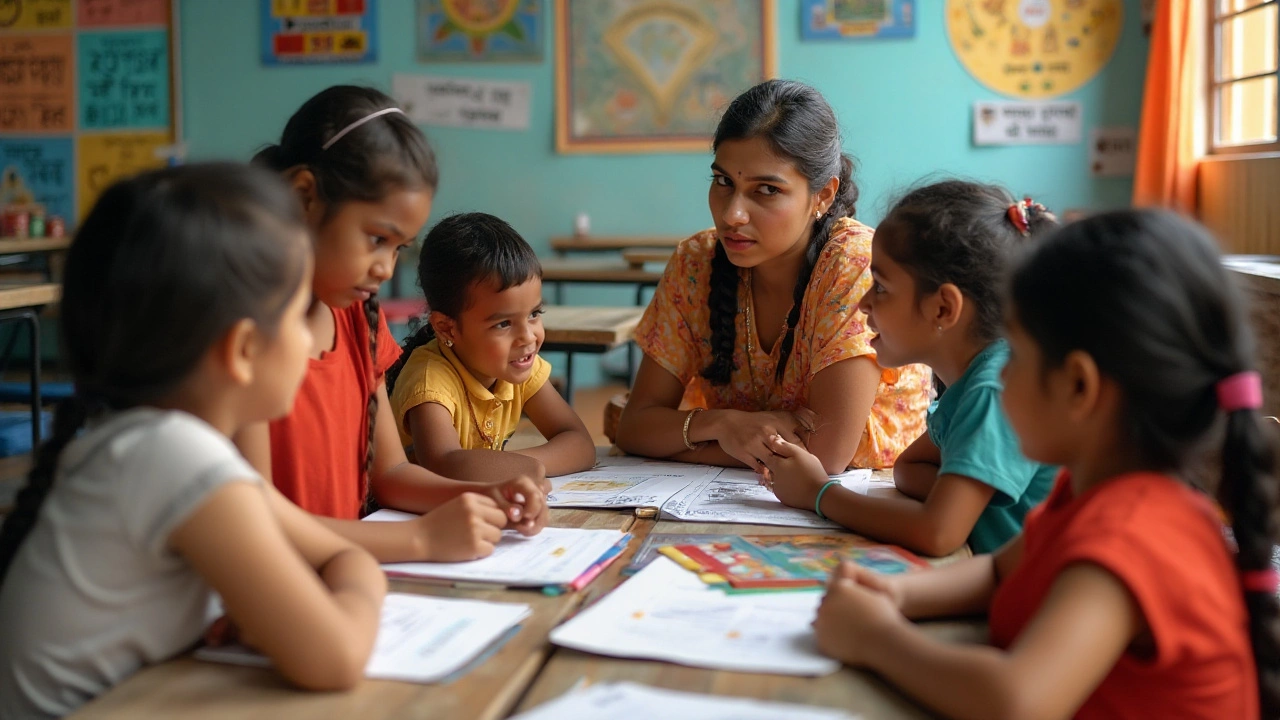Indian Education: Your Quick Guide to Schools, Exams & Careers
Wondering how the Indian education system works and what choices matter most? You’re not alone. From the classroom to the boardroom, millions of students face the same questions: which school board fits my goals, how much time do I need for JEE or NEET, and which MBA specialisation will pay off? This page pulls together straight‑forward answers, practical checklists, and real‑world tips so you can plan the next step with confidence.
School Boards & Curriculum Choices
India offers several major school boards—CBSE, ICSE, IB, and the state boards. CBSE focuses on a uniform syllabus useful for national exams like JEE and NEET. ICSE leans toward detailed language and science content, which can help with analytical thinking. The IB program adds an international flavour and project‑based learning, great for students aiming for overseas universities. State boards vary by region but often include local language subjects that can be handy for state‑level jobs.
Pick a board based on three things: your exam targets, your learning style, and the resources you can access. If you’re eyeing engineering or medical seats, CBSE’s alignment with JEE and NEET makes it the safest bet. For a broad, global outlook, IB might be worth the extra cost. And if you’re staying close to home, the state board can save you time and money while still delivering a solid foundation.
Cracking Competitive Exams & Building a Career
Engineering aspirants ask the same question: “How much time do I need for IIT JEE?” The answer depends on your starting point. A realistic 2‑year plan breaks down to 3‑4 hours of focused study daily, while a 1‑year sprint may need 6‑7 hours plus weekend mock tests. Use a study schedule that mixes theory, practice questions, and regular revisions. For NEET, focus on biology, chemistry, and physics fundamentals, and allocate at least 2‑3 hours a day for each subject if you’re aiming for a top rank.
Beyond exam prep, think about what comes after. An MBA can boost earnings, especially in finance, consulting, or business analytics. Our recent posts show that specialisations like finance and healthcare management often top salary charts, while emerging fields like business analytics see the fastest job growth. If you prefer flexibility, distance learning options give you a degree without leaving your job—the key is to choose accredited programs that are recognised by employers.
Don’t overlook skill‑based routes either. Vocational training, coding bootcamps, or short‑term certifications can lead to well‑paid roles in tech, trade, or healthcare. For example, programmers in India earn competitive salaries, and many start earning within months of completing an intensive course.
Finally, keep an eye on language skills. English fluency opens doors in multinational companies and higher‑education institutions. A 90‑day plan with daily speaking practice, smart input (like podcasts), and regular feedback can fast‑track your confidence.
In short, map your education path like a road trip: choose the right board, set a realistic study timeline, pick a career‑aligned higher‑education option, and add soft‑skill upgrades along the way. Follow the checklists we provide, stay consistent, and you’ll navigate India’s education maze without getting lost.
Dec
5

- by Dhruv Ainsley
- 0 Comments
Understanding CBSE Schools in India: A Comprehensive Guide
CBSE schools in India represent a significant portion of the educational landscape, known for their rigorous curriculum and nationwide presence. The Central Board of Secondary Education (CBSE) provides a standardized education across India, catering to students from primary to senior secondary levels. With a focus on holistic education and practical learning, CBSE schools aim to foster academic excellence and adaptability. This article delves into the structure, benefits, and unique features of CBSE schools, offering insights to parents and educators alike.